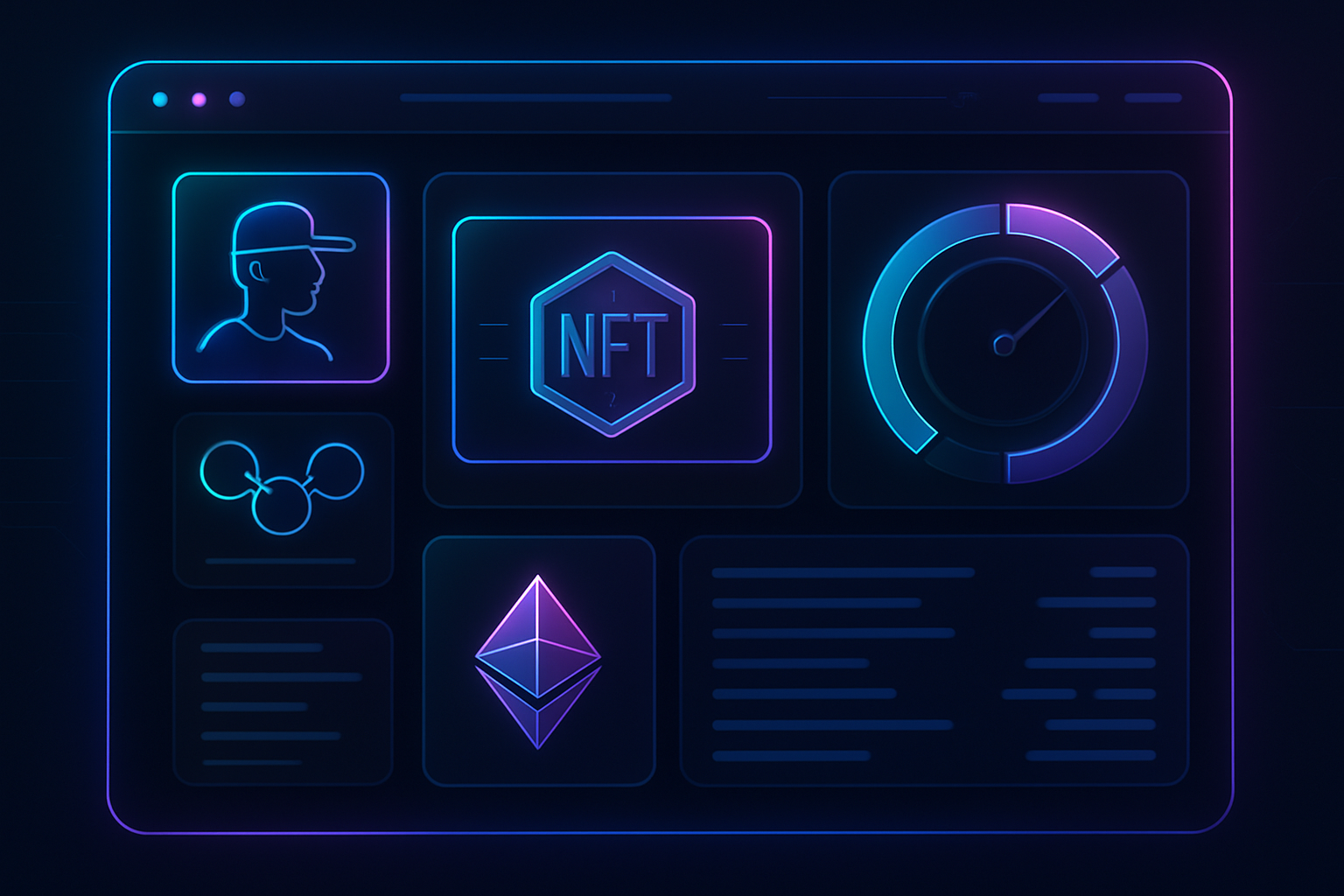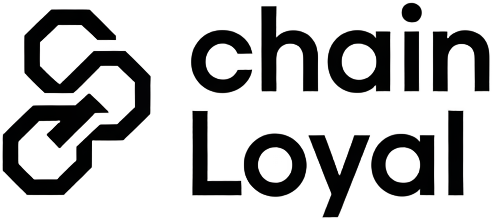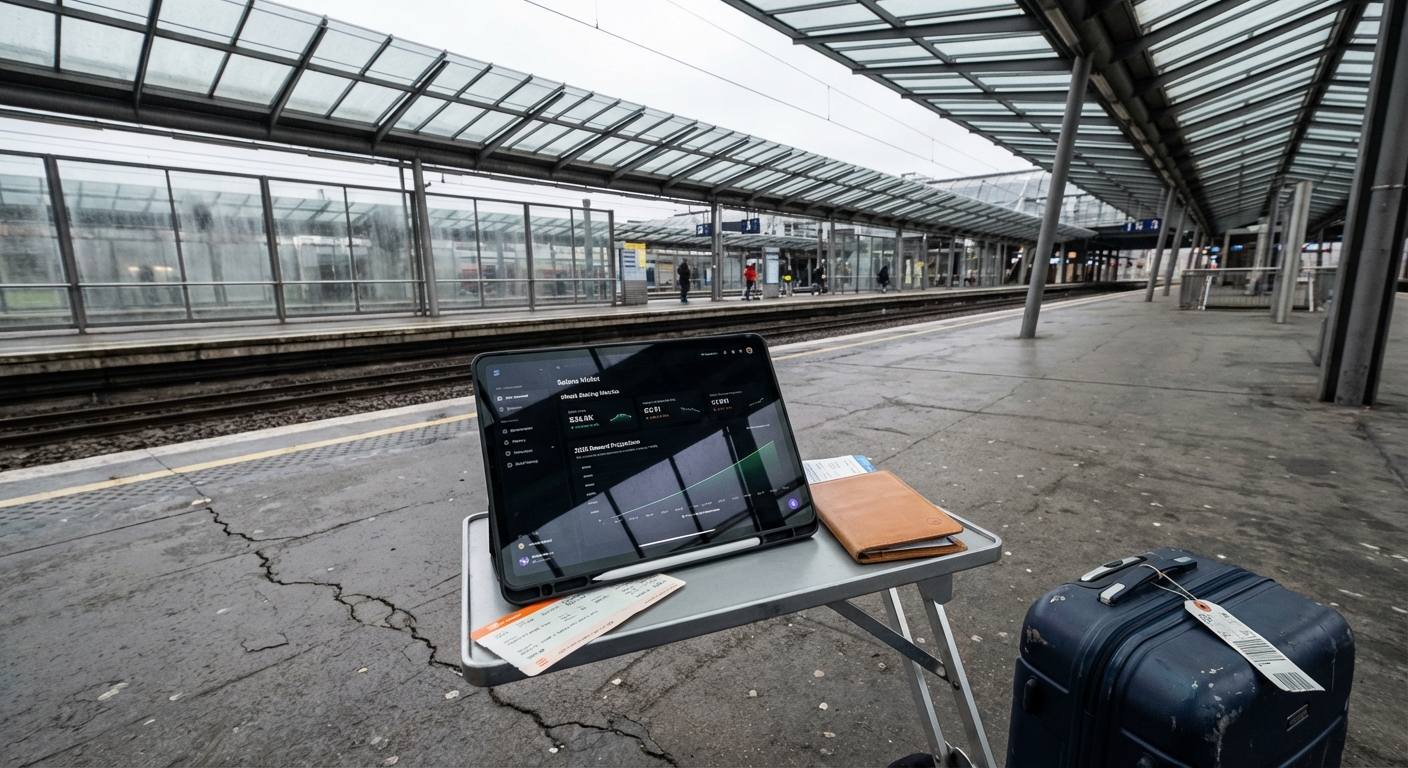
The NFT landscape on Cardano is evolving rapidly, and nowhere is this more evident than in the rise of NFT loyalty staking programs. As the Cardano (ADA) price holds steady at $0.8998, projects are seizing the moment to incentivize deeper engagement, offering NFT holders not only a sense of community but also tangible rewards for their participation. In 2025, platforms like Cheese NFT and CNFT Hub are demonstrating how innovative staking mechanisms can unlock new value streams for both creators and collectors without forcing asset liquidation or loss of custody.
Why NFT Loyalty Staking Is Reshaping On-Chain Engagement
Traditional loyalty programs have long relied on points or coupons, but on-chain NFT engagement flips the model by leveraging digital ownership and programmable rewards. With loyalty staking, users lock up their NFTs or tokens in smart contracts, earning yields or exclusive privileges while reinforcing their commitment to a project’s ecosystem. This approach is gaining traction across Cardano’s vibrant CNFT sector, where communities rally around collections not just for speculative gains but for ongoing participation incentives.
The Cardanians Loyalty Program exemplifies this shift. Delegators who stake with Cardanians pools receive tickets based on their stake amount and duration, boosting their odds of winning rare NFTs each epoch. This gamified structure keeps users engaged through every market cycle and helps projects maintain robust delegation even as ADA hovers near $0.8998.
Case Study: CNFT Staking Rewards Powering Ecosystem Utility
The integration of staking rewards within CNFT platforms has unlocked new utility for digital assets that once sat idle in wallets. The CNFT Hub, in partnership with the Digital Syndicate team behind Cardano Budz, lets delegators earn cbTHC tokens by staking – these tokens can then be spent within the Budz ecosystem for unique experiences or further collectibles. This model not only encourages holding but also creates a feedback loop where active participation leads to greater influence within the community.
Importantly, many leading platforms such as Cheese NFT now offer non-custodial staking options. Users retain full control over their assets while still earning up to 25% APY in token rewards – a stark contrast to older models that required relinquishing NFTs or incurring significant lock-up periods. As highlighted by The Dug Father project’s non-custodial approach, flexibility remains paramount; there are no mandatory lock-ups and rewards can be claimed at any time.
Cardano (ADA) Price Prediction 2026-2031
Detailed ADA price forecast based on current market trends, on-chain NFT staking adoption, and Cardano ecosystem growth.
| Year | Minimum Price | Average Price | Maximum Price | Yearly % Change (Avg) | Market Scenario Insights |
|---|---|---|---|---|---|
| 2026 | $0.82 | $1.08 | $1.37 | +20% | Post-2025 consolidation, NFT staking gains traction, steady ecosystem growth |
| 2027 | $0.98 | $1.32 | $1.75 | +22% | Increased DeFi/NFT integration, Cardano upgrades, broader crypto recovery |
| 2028 | $1.15 | $1.68 | $2.20 | +27% | Bullish cycle, NFT loyalty programs mainstream, Cardano competitive vs. ETH/SOL |
| 2029 | $1.39 | $2.10 | $2.80 | +25% | Major partnerships, mass adoption in emerging markets, regulatory clarity |
| 2030 | $1.70 | $2.67 | $3.50 | +27% | Cardano solidifies as top-5 chain, institutional interest, on-chain governance success |
| 2031 | $2.05 | $3.18 | $4.25 | +19% | Mature market, advanced scalability, Cardano/NFT synergy maximized |
Price Prediction Summary
Cardano (ADA) is positioned for steady growth from 2026 to 2031, driven by the adoption of on-chain NFT loyalty staking, technological advancements, and increasing ecosystem utility. While market cycles will continue to impact ADA’s price, the minimum and maximum projections account for both bearish and bullish scenarios. By 2031, ADA could reach an average price above $3, with upside potential if Cardano’s NFT and DeFi initiatives outperform expectations.
Key Factors Affecting Cardano Price
- Widespread adoption of on-chain NFT loyalty/staking programs within Cardano ecosystem
- Continuous technological upgrades (e.g., scalability, smart contracts, interoperability)
- Overall market cycles and investor sentiment towards altcoins
- Regulatory clarity on staking, NFTs, and DeFi
- Competitive landscape from other L1 blockchains (Ethereum, Solana, etc.)
- Institutional adoption and real-world use cases
- Sustained community and developer engagement
Disclaimer: Cryptocurrency price predictions are speculative and based on current market analysis.
Actual prices may vary significantly due to market volatility, regulatory changes, and other factors.
Always do your own research before making investment decisions.
Diversifying Rewards: Beyond Simple Yields
Loyalty staking is increasingly about more than just passive income. Projects like Dropnir are pioneering “Art Pools” where conditional rewards evolve NFTs over time and perpetual royalties flow back to creators – aligning incentives across all participants. Meanwhile, initiatives such as Cardanians’ ticket-based raffles add an element of chance and excitement that keeps user engagement high regardless of short-term price movements.
This evolution is mirrored across DeFi as protocols seek to merge financial incentives with cultural capital: owning an NFT can mean voting rights in governance decisions, early access to mints, or even exclusive IRL experiences tied directly to on-chain activity.






